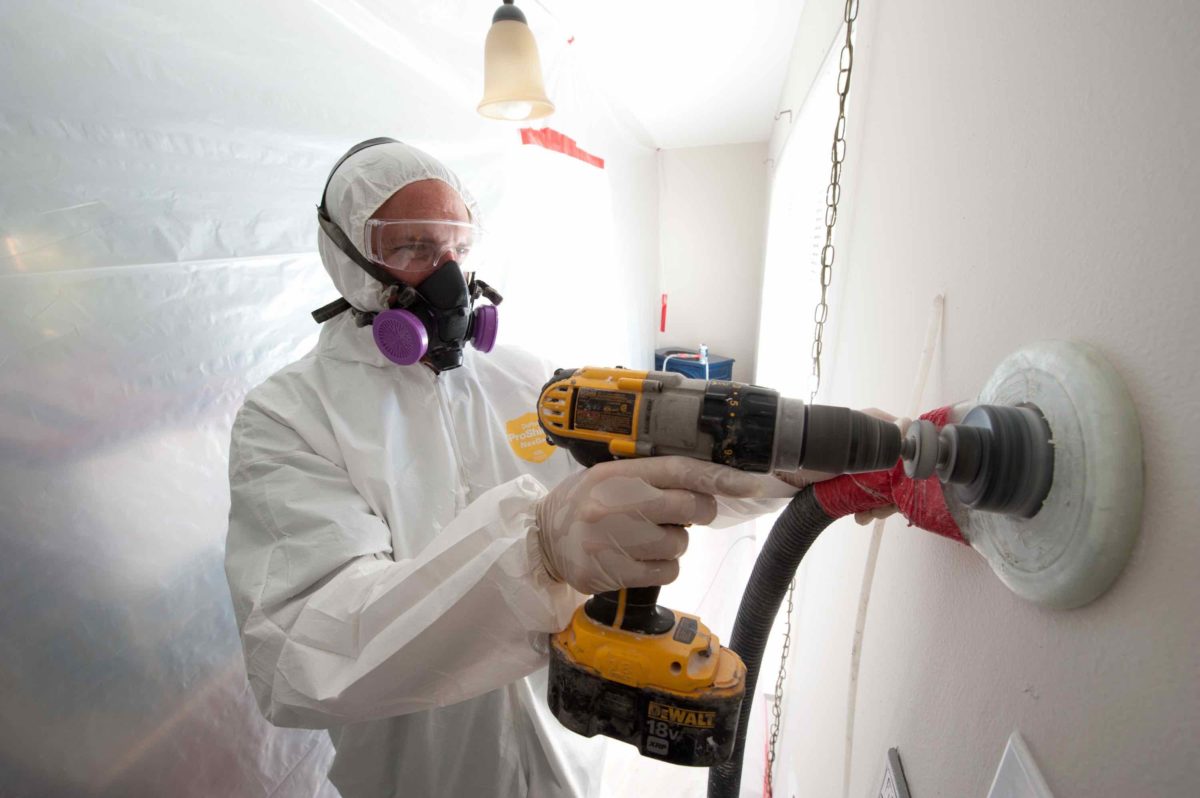
Everyone who works to promote energy efficiency in the built environment knows that current utility energy programs underserve low-income Americans in affordable housing. We also know there is tremendous potential to make life better for people in this group through efficient technologies—better lights, appliances, windows, and insulation reduce household bills, and bring greater comfort and health.
With support from the JPB Foundation, we partnered with the National Housing Trust and the Natural Resources Defense Council to look for solutions. From the start we knew that a network approach made sense.
It was more challenging than expected. Energy experts often don’t know the issues that are important to housing advocates—affordability, bill payment and shut-off rules, indoor air quality, and the complex rules around subsidized housing. “Housers,” on the other hand, don’t know the arcane administrative processes that dictate regulatory venues, or how to design utility efficiency programs.
We learned some valuable lessons from this experience, which Energy Foundation CEO Eric Heitz and COO Barbara Wagner recently shared in the Stanford Social Innovation Review (SSIR).
You can read their SSIR post here.